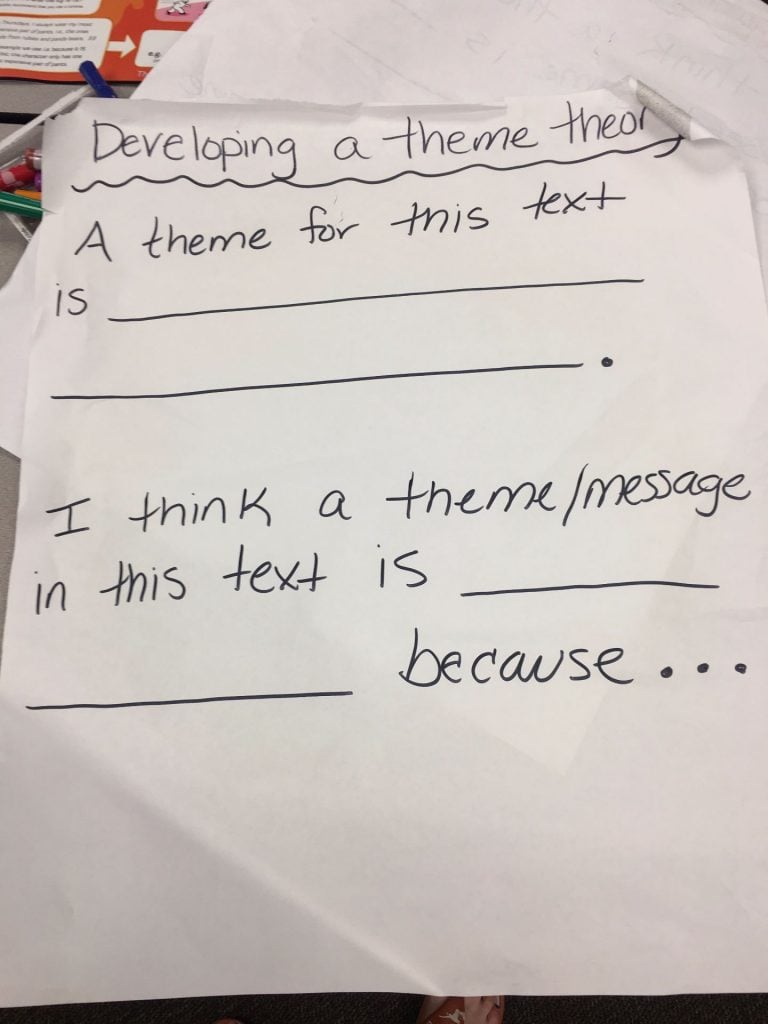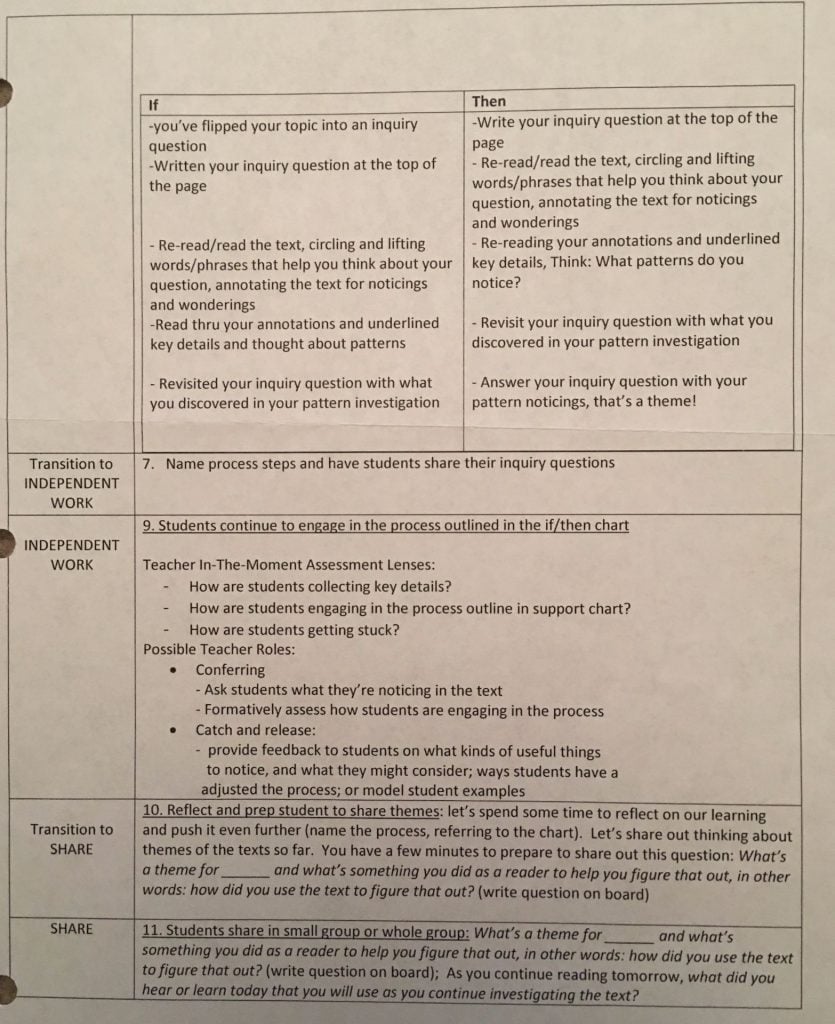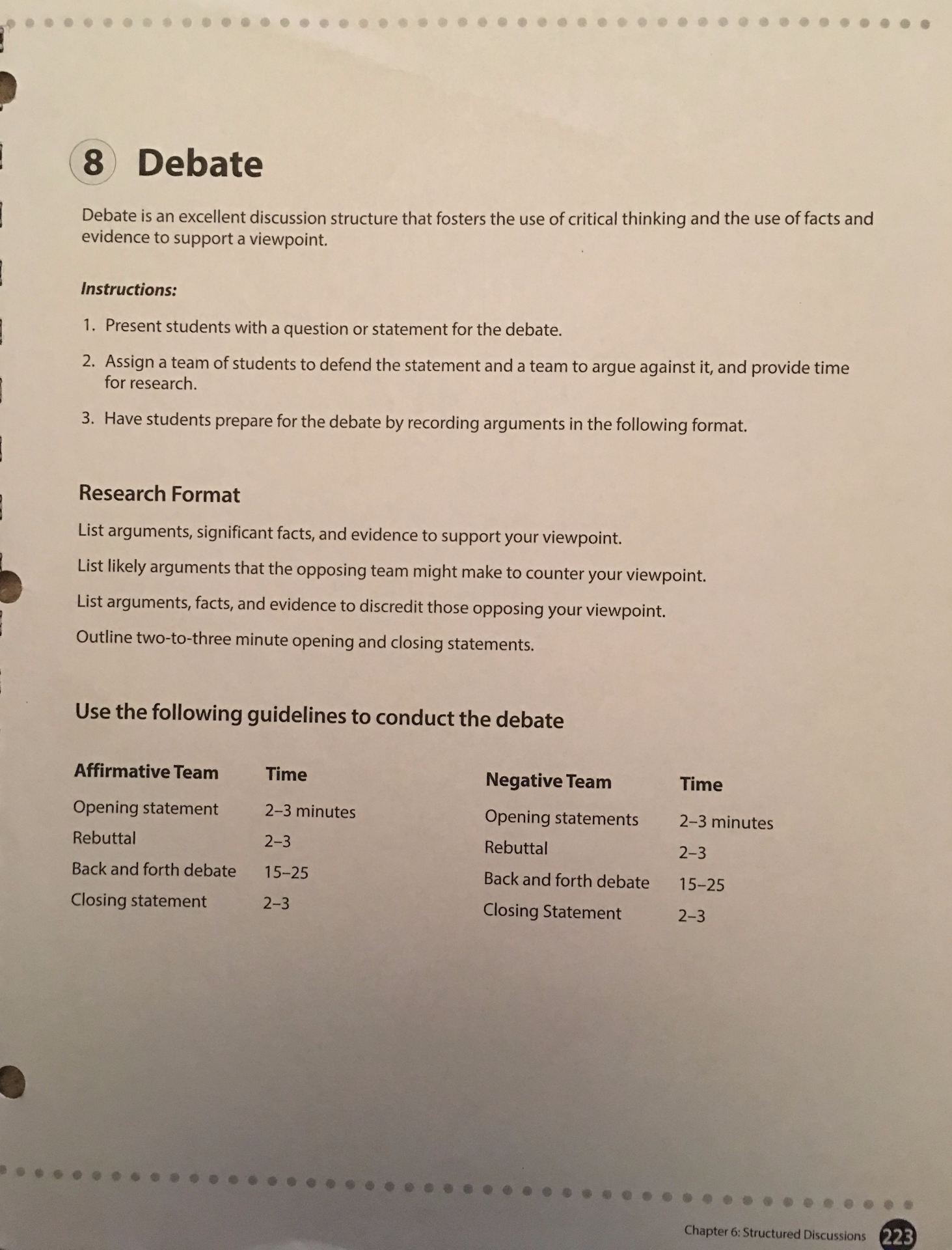
Back in April, my buddy Sharon and I went to the local National Consortium for Teaching About Asia weekend workshop, “Graphic Novels and Cultural Authenticity” class about graphic novels, and the Freeman Choice book award winner came to speak, too. It was a wonderful day, with some of my favorite people. All of the books except for Teaching Graphic Novels by Katie Monnin were included in the small admission price. I HAD to buy the Katie Monnin book after I saw the visual graphic organizer (see image) turn my head around about teaching theme.


The books:
American Born Chinese by Gene Luen Yang
We watched this TedEd talk, too:
Pyongyang: A Journey in North Korea by Guy Delisle
The Little Monkey King’s Journey Retold in English and Chinese
Hearing the writer speak about Misuzu Kaneko’s life and her gentle, powerful work haunted me. One caveat: the writer said something about the poet’s life being ‘tragic.’ One woman in the group pointed out that her life was not tragic, but the circumstances surrounding her death were, caused by an abusive husband. (This LitHub article about Sylvia Plath reminded me of this tendency toward dismissing women writers as tropes, swooning victims that one ‘grows out of.’) Kaneko’s life was joyous, creative, powerful and beautiful. Her estranged husband’s behaviors were tragic and awful.

The question of authenticity is framed as “cultural authenticity comprising not only of the absence of stereotypes but also the presence of values consistent with a particular culture and accuracy of cultural and historical details in the text and illustrations” by the NCTA facilitators, and it is through that lens that all teachers may consider when they approach diversity and voice in our classrooms.
For some other graphic novel resources, check these out:
http://www.npr.org/2017/07/12/533862948/lets-get-graphic-100-favorite-comics-and-graphic-novels
https://www.theguardian.com/teacher-network/2015/nov/30/how-to-teach-graphic-novels















